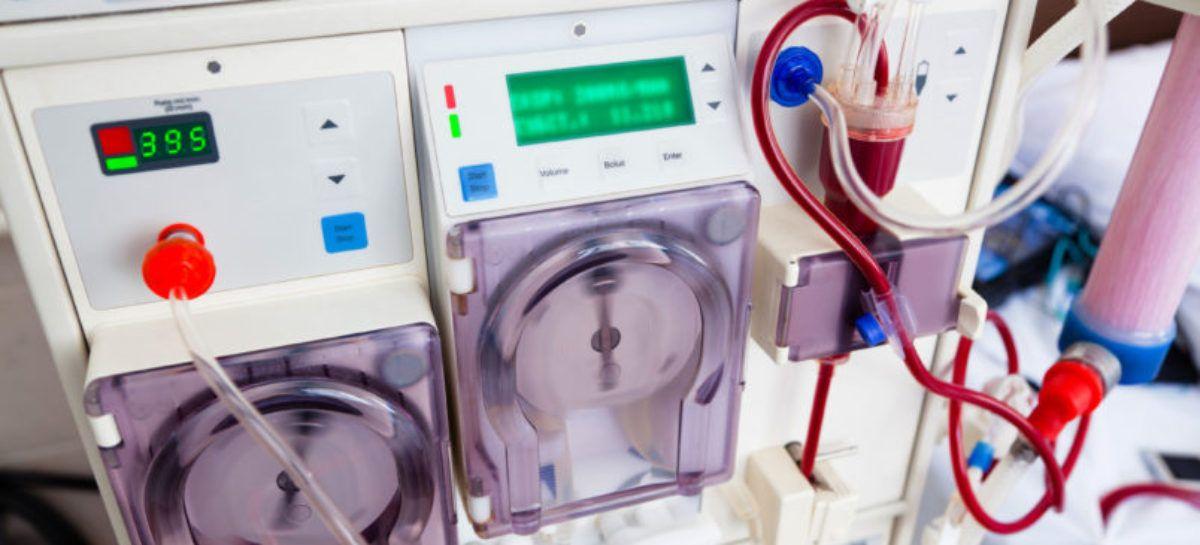What is dialysis and when is it needed?

What is dialysis?


The procedure that performs the function of kidneys in our body is called dialysis, which is done when the kidneys are not working in a patient.
Who needs dialysis?
Patients with long-standing problems with blood pressure, diabetes, and kidney damage with less than 15% of kidney function.
Patients with acute kidney injury due to dehydration, malaria, dengue, heart attack, liver problems, and more.
What are the types of dialysis?
There are two types of dialysis
Hemodialysis: The patient should visit the hospital twice or thrice a week. The blood of the patient is cleaned using the hemodialysis machine, and then the clean blood is reinserted into the body.
Achannel called anAV fistula is inserted into the hand of the patient to take the blood out to clean.This is the lifeline of the kidney patient.AV fistula is recommended for diabetic patients with less than 20% kidney function and other patients with less than 15% kidney function.
Peritoneal dialysis: Patients with heart problems or those without time for hemodialysis are recommended peritoneal dialysis.

For this procedure, a tube is inserted into the stomach cavity, and about two to three bags of water is inserted through the tube. The bag is left to dwell in the stomach for about 4 hours, after which the extra water is removed.This can be done at home and even by the patient with proper training.
